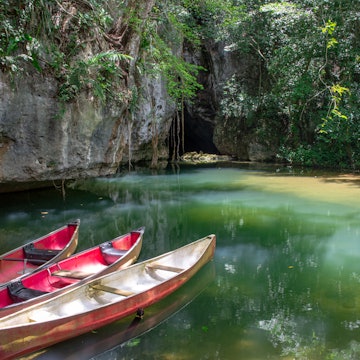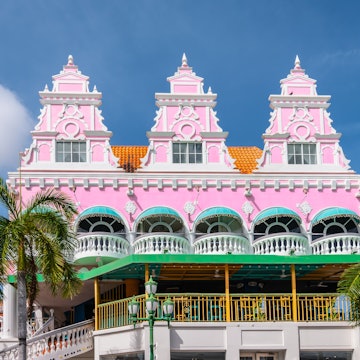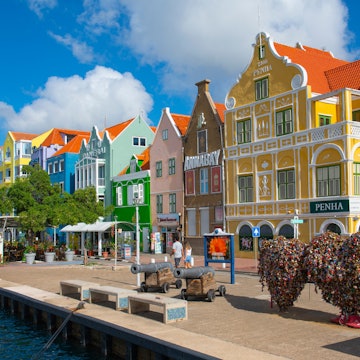
The best time to visit the dreamy Caribbean island of Anguilla

Sep 6, 2025 • 5 min read
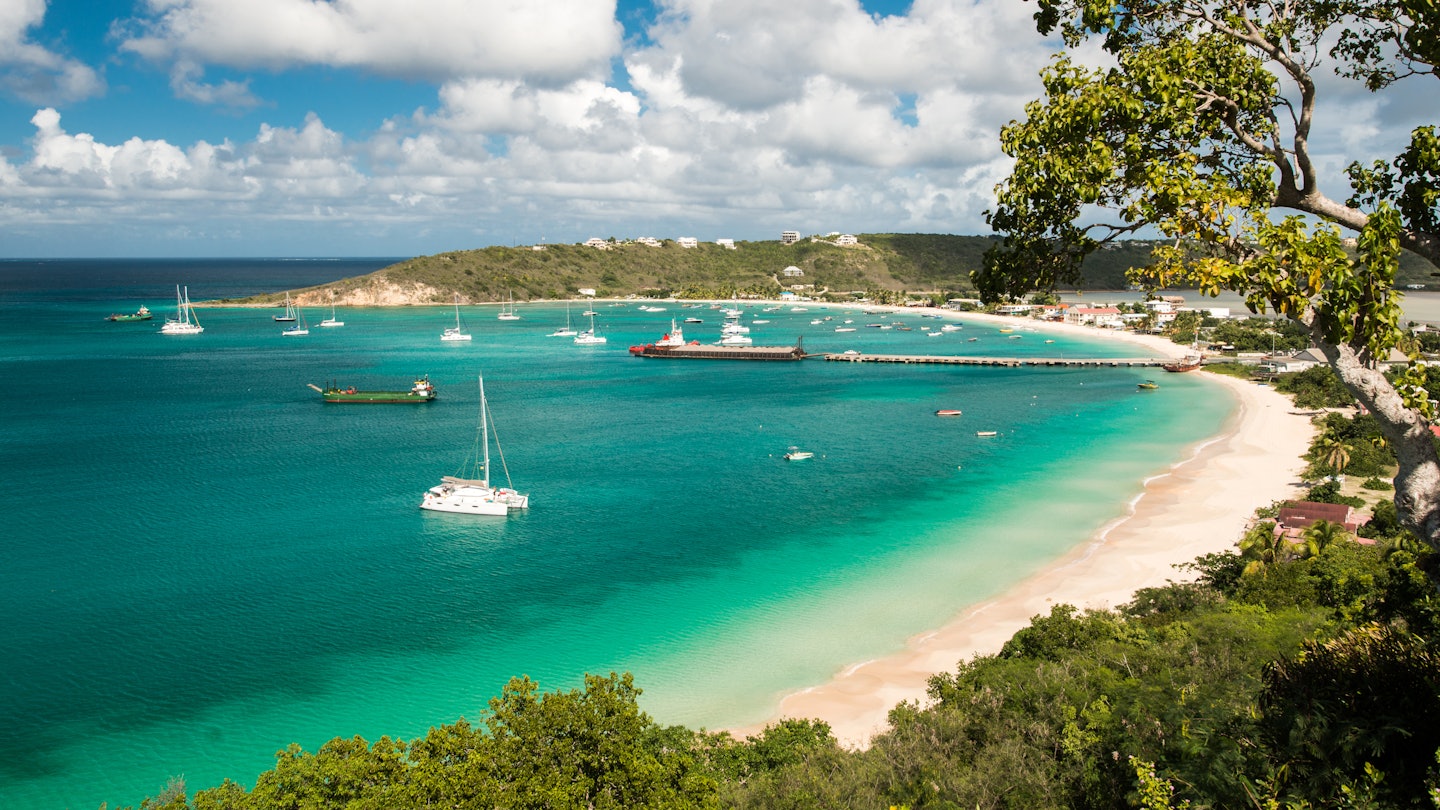
Boats moored near the pristine shores of Anguilla in the Caribbean. Photostravellers/Shutterstock
It’s always a good time to visit Anguilla. The island is small but never crowded. Even during busy season when travelers trade snowfall for sunshine, solitude is without fail in this private pocket of paradise.
No matter when you go, the weather is pleasant, the food is fantastic and the beaches are gorgeous. Like most Caribbean countries, Anguilla has three seasons: high season, low season and shoulder season. Let your travel style and budget determine the best time to visit.
Socialites flock to the island from November to April for signature cultural events like Moonsplash Music Festival, Anguilla Culinary Experience and thrilling boat races.
May through July summon a wellness crowd for yoga retreats, spa getaways and digital detoxes. Hotel stays are cheaper during this balmy window and the appeal of white-sand-beach-solitude is irresistible.
If you’re interested in visiting in late August through October, it’s worth noting that the island goes unusually quiet. Boarded hotels limit lodging options but those that do stay open offer deep discounts and curated experiences.
Here's everything you need to know to pick the perfect time for your to visit this low-key hideaway.
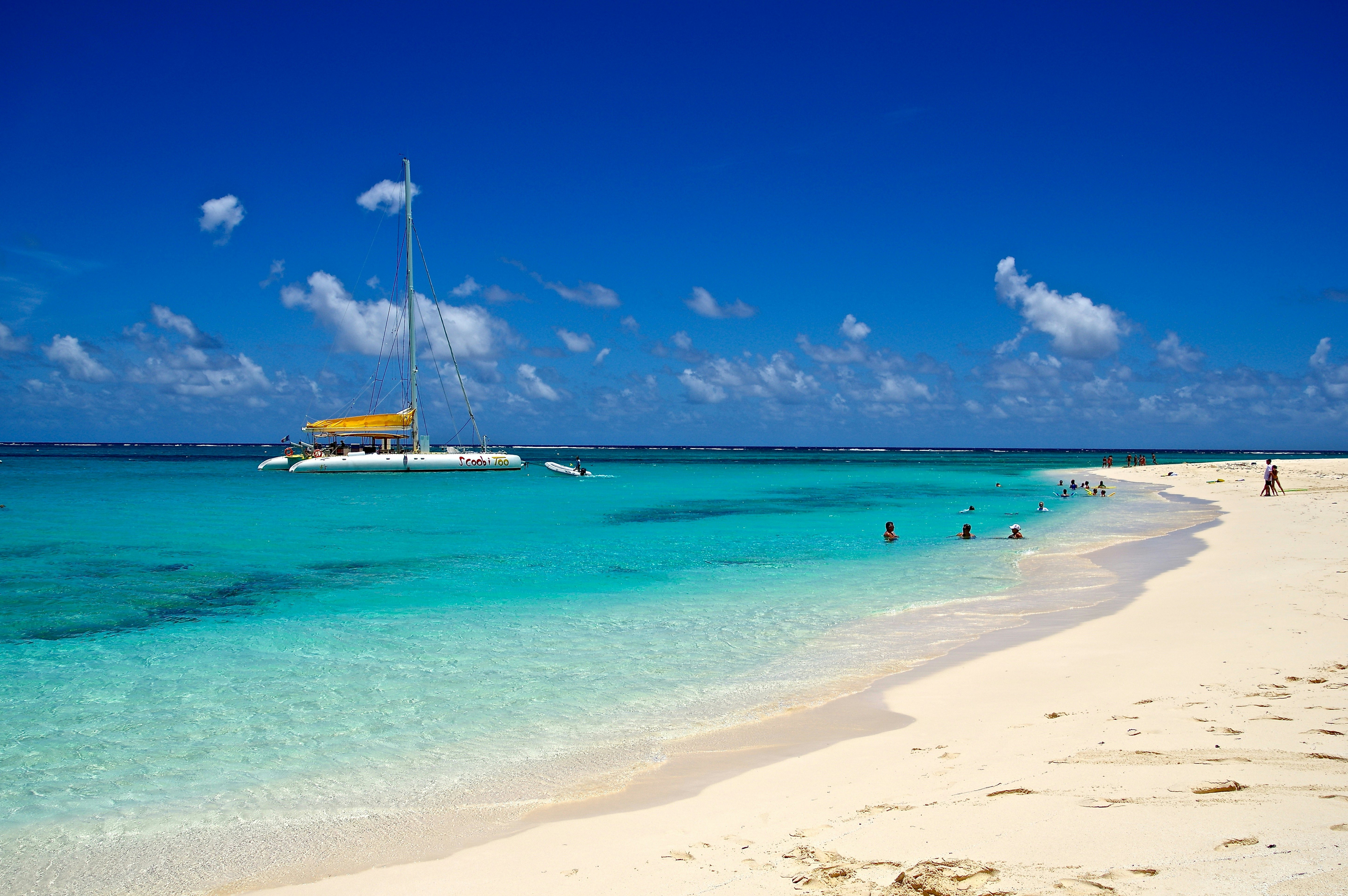
November to April is the best time to experience Anguilla’s social scene in its prime
Weather in Anguilla in high season: Dry, sunny, breezy with clear skies and minimal rainfall, the weather in Anguilla during peak season makes this the perfect time to relish in the island’s varied delights.
While it’s warm here year-round, with temperatures averaging in the low 80°Fs (26°C+) most of the year, late November through April is sunnier and pleasantly warmer.
If uncovering secluded coves, offshore cays and sweet snorkel spots top your travel itinerary, these months are ideal to savor Anguilla from the water. Refreshing winds encourage sailing and catamaran charters.
The visibility around Prickly Pear, Little Bay and Dog Island make for superb diving, while the serene open seas of Meads Bay and Shoal Bay East call paddleboarders and kayakers in.
With perfect weather comes crowds. But even during the bustle of high season – and an uptick in travelers around the holidays – the island never quite feels crowded. November to April is also the best time to experience Anguilla’s social scene in its prime, with no shortage of events to enjoy around town.
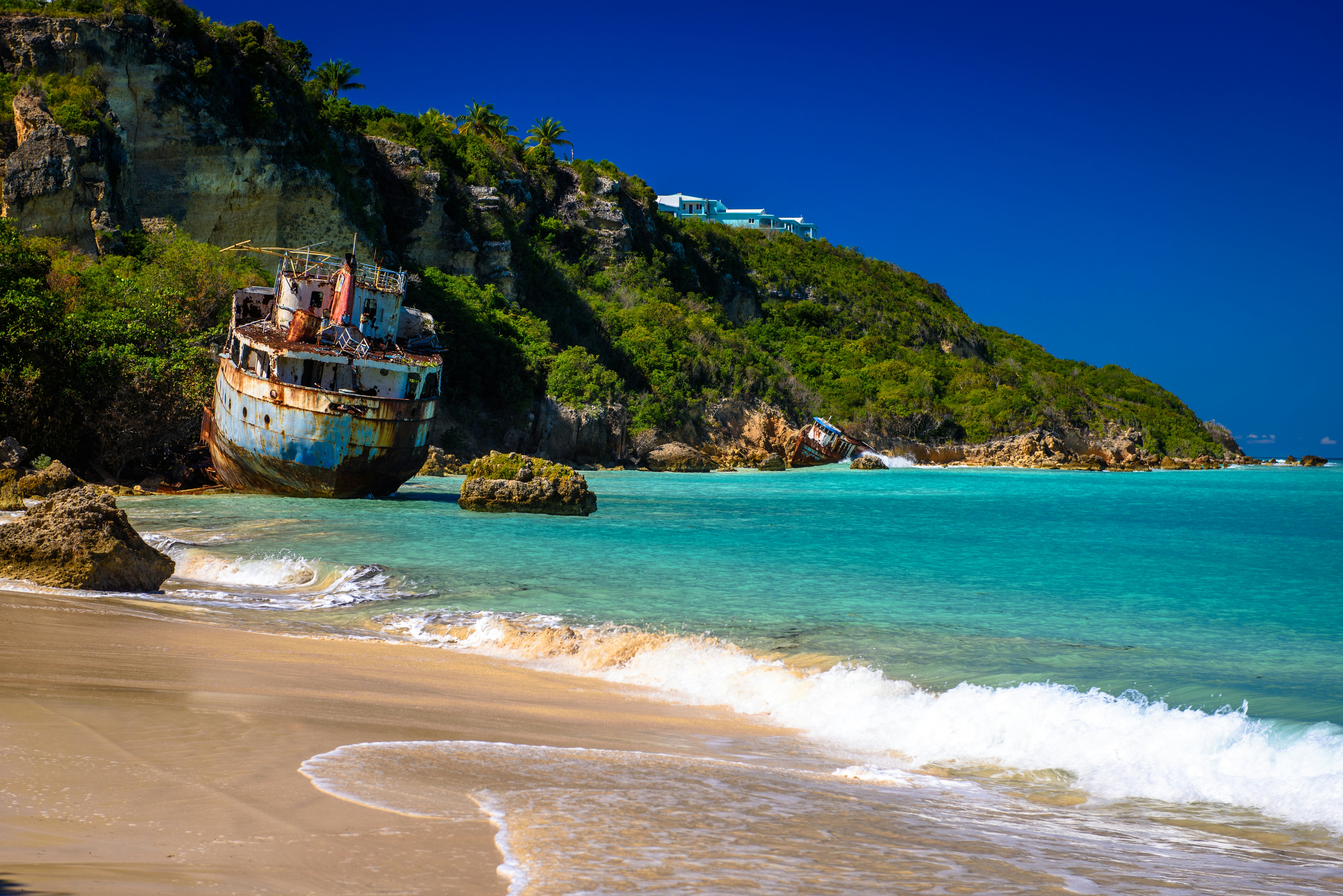
Christmas through New Year’s brings beachside fetes, swanky hotel galas and fireworks galore. High season dining is an extravaganza in the Caribbean’s capital of cuisine.
Globally renowned restaurants and bars serve up picture-perfect plates and delicious local dishes with a side of live music and DJs spinning tunes well past sunset.
Bankie Banks’ Moonsplash Music Festival, one of the Caribbean’s most iconic cultural events, rocks the island in March.
Festival Del Mar, a beloved local seafood and sailing celebration at Island Harbour, goes down Easter Weekend with boat races and culinary competitions.
Also hosted in April, Anguilla Culinary Experience, a five-day food and wine festival that salutes the island’s rich epicurean roots with chef dinners, restaurant specials and delicious BBQ prepared by talent from Anguilla and around the globe.
The highlight of peak season is undoubtedly boat racing. Both a spectacle and tradition, the nationally recognized sport blends the island’s storied past with music, drinking, grilling and limin' with a little friendly competition at sea.
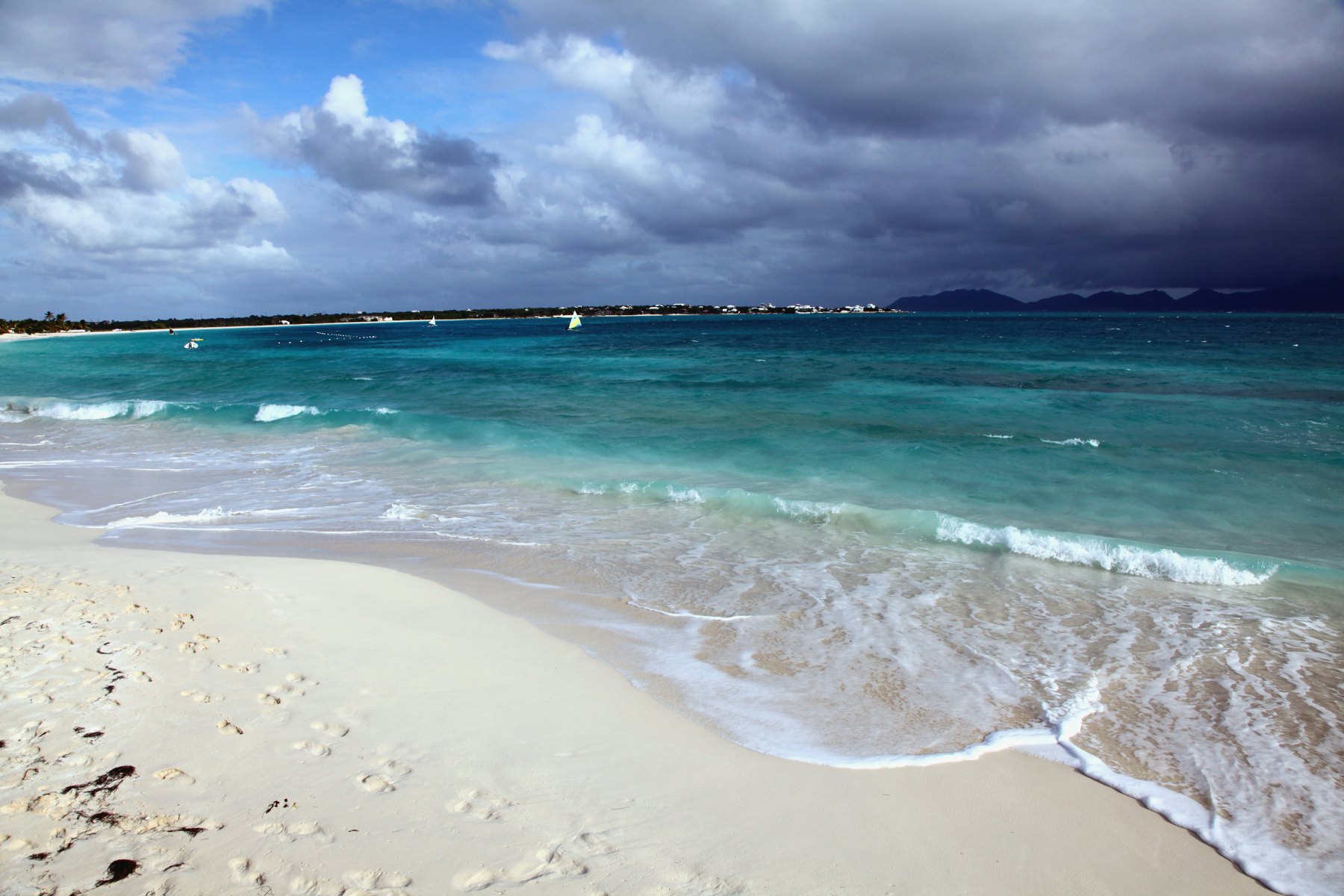
May to July is laid-back, uncrowded and perfect for wellness escapes
Weather in Anguilla in shoulder season: May through July is considered Anguilla’s shoulder season. Temperatures peak in the high 80°Fs (around 31°C) and with increased heat and humidity, scattered showers are to be expected. While you can anticipate cloudy skies and rainfall, the sea remains warm and the beaches uncrowded.
This is peaceful luxury at its best. When it’s wet out, indulge in uninterrupted access to the island’s top spas, restaurants and attractions. The best part is that you can often do so without reservations – another perk of shoulder season.
During this time, wellness aficionados descend on the scene for yoga retreats at luxury resorts like Zemi Beach House and Tranquility Beach, where guided classes are offered and dedicated spaces for practice are readily available.
If you’re a budget-conscious traveler, May through July is an excellent time to explore the island as resort rates are significantly lower. They typically drop in early May as seasonal dwellers escaping cold winters head home.

In late July, as shoulder season is nearing its end, Anguilla Summer Festival takes over the island with pageantry, parades, live performances and sunrise fetes, making this carnival one of the most anticipated events of the year.
And while the celebrations are not globally recognized, like larger carnivals in Trinidad and Grenada or overseas in London and Toronto, longstanding traditions give Anguilla Summer Festival a unique edge.
At 5am on J’ouvert morning, thousands flood the streets from the Valley to Sandy Ground, in a vibrant predawn parade. Later in the week, local dance crews compete for the top prize at Parade of the Troupes. At Eyes Wide Shut, an epic beach fete in Meads Bay, limin' runs from 1am ‘til sunrise.
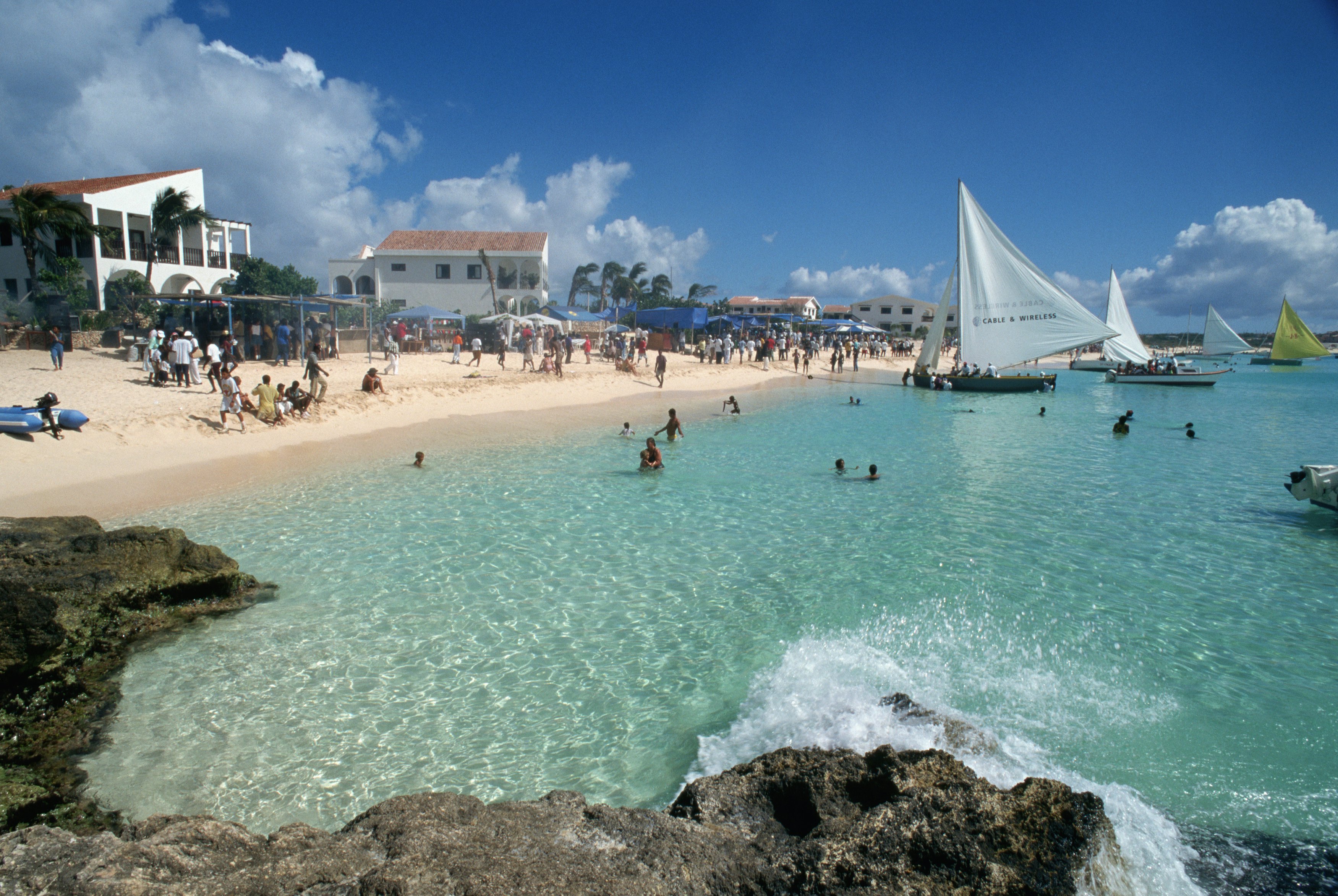
August to October brings deals, solitude and the legendary August Monday Boat Race
Weather in Anguilla in low season: The worst of the Atlantic hurricane wave usually doesn’t impact the region until September and October when many resorts and restaurants close up shop completely.
While technically August to October is low season, Anguilla still attracts visitors looking for an exclusive escape for a fraction of the peak travel price. Visiting during these months offer a distinctly different Anguilla than you would experience the other months of the year.
It's possible to find a few boutique hotels and smaller resorts that remain open, but with most of the island on lockdown, I would avoid September and October to ensure a better taste of what this tiny, sandy Caribbean gem has to offer.
However, Anguilla in early August is a vibe. Occasional tropical storms may breeze through the island but the height of hurricane season is weeks away. Carnival commences in late July and runs through the second week of August.
The legendary August Monday Race, hosted annually during Anguilla Summer Festival, invites boats to circle the island at top speeds for a series of races held at different bays throughout the week.
The Champion of Champion Races bids adieu to the season, where finalists go bow to bow for the crown.






